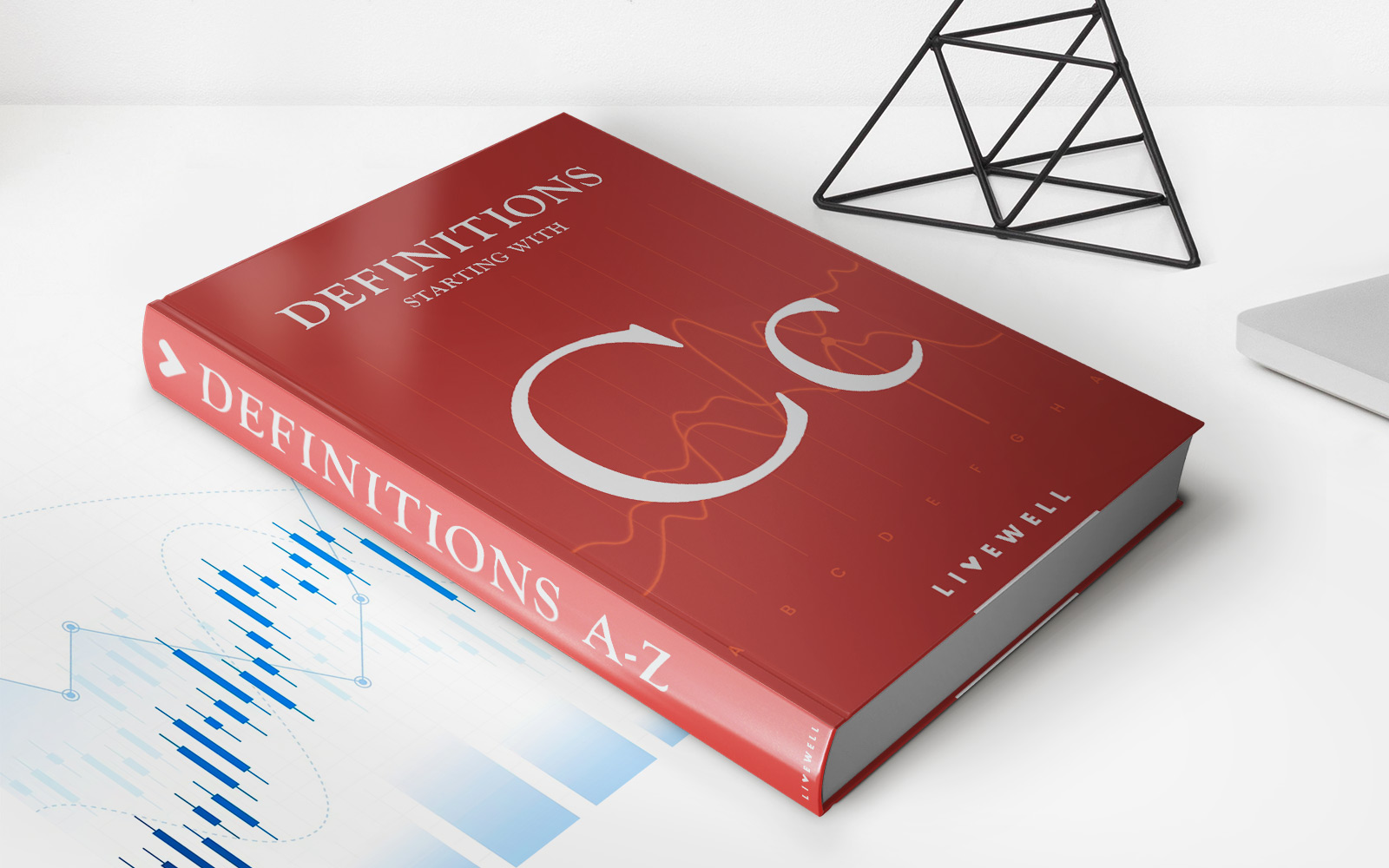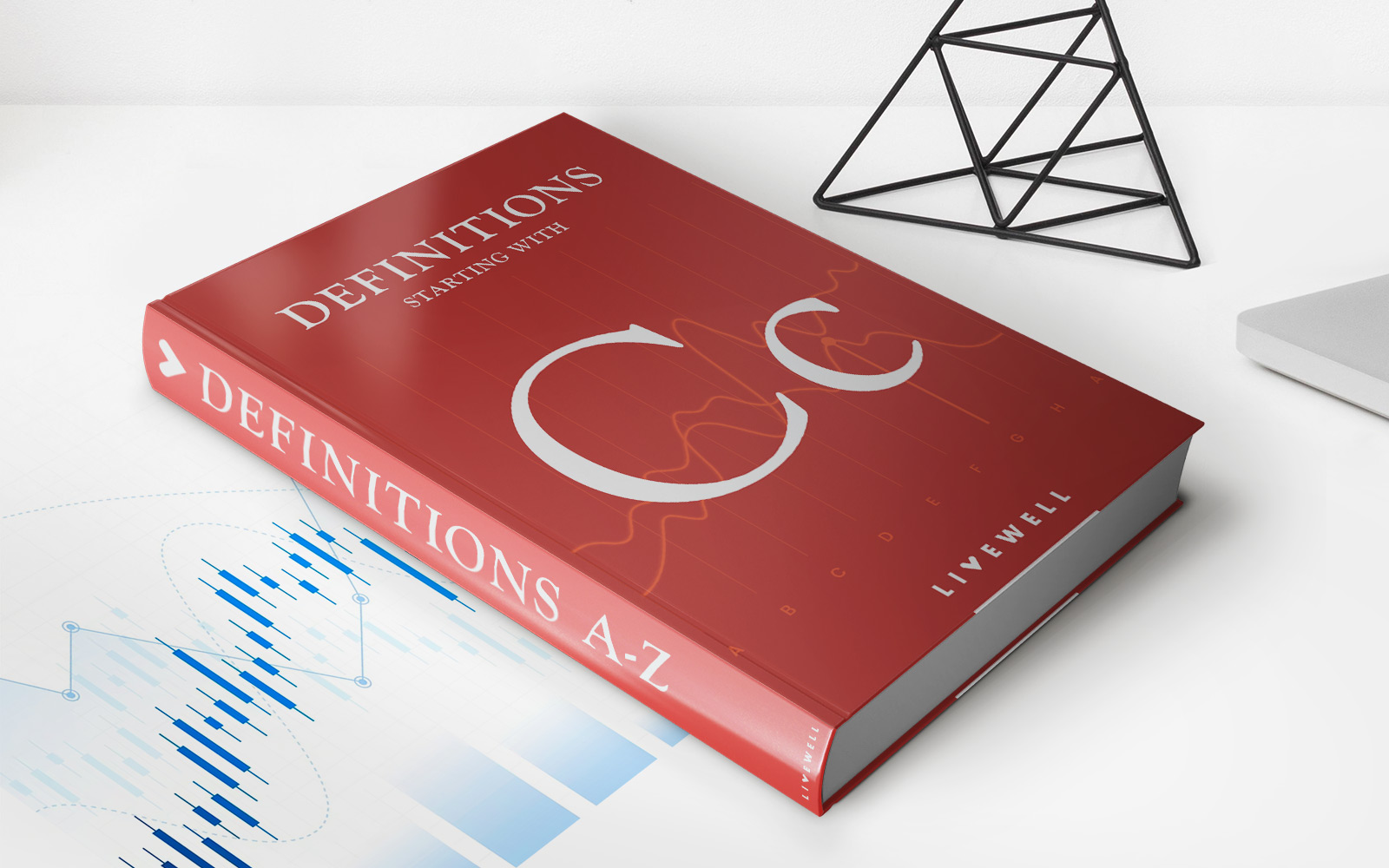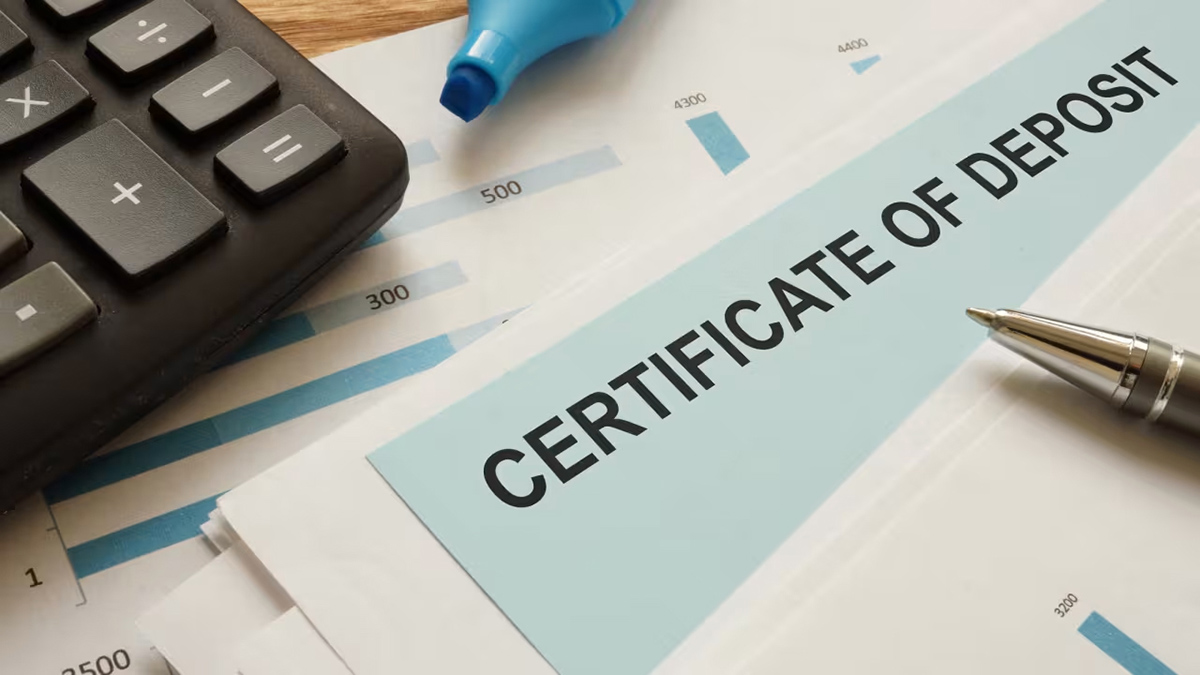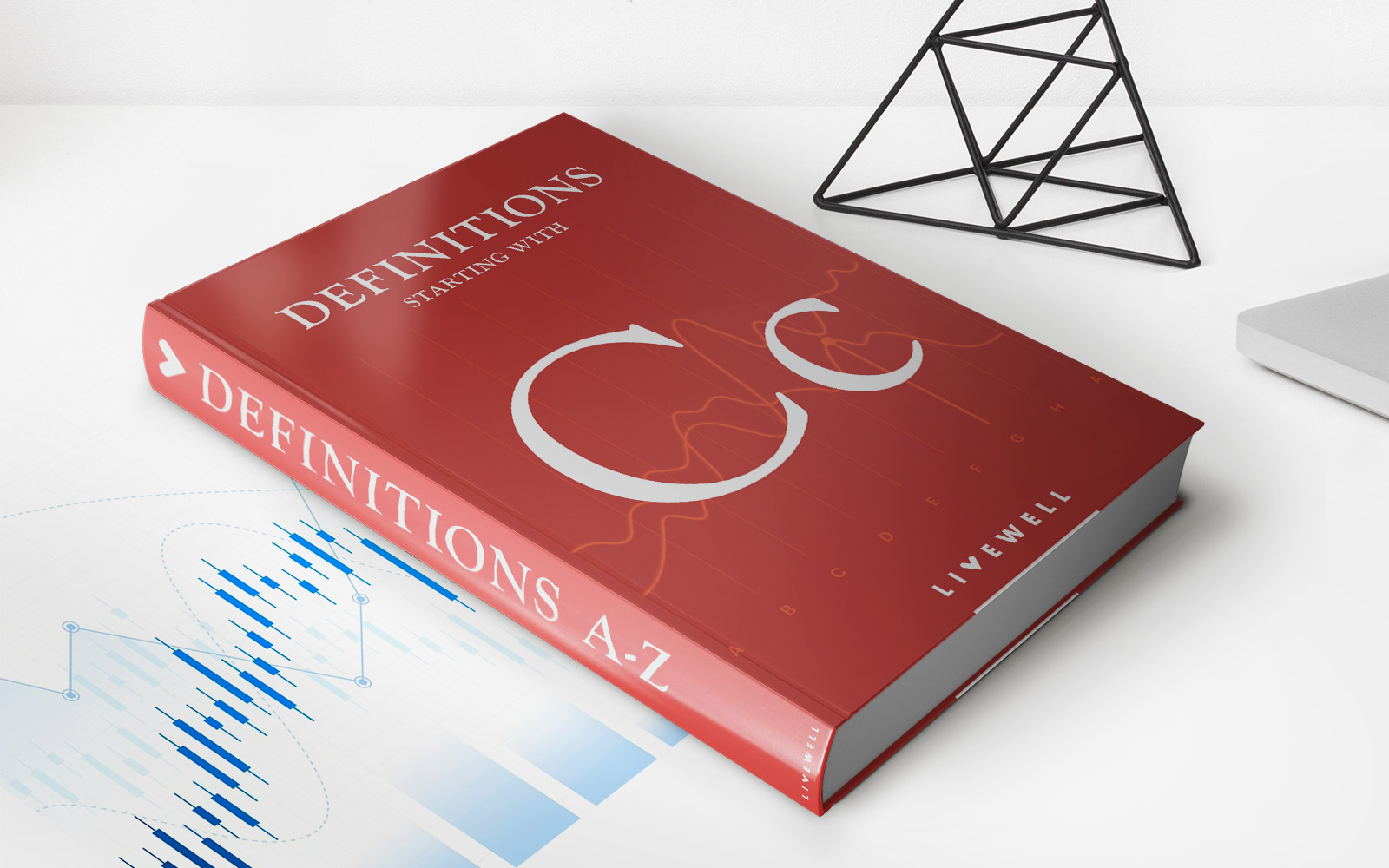Home>Finance>What Happens To My Secured Card Balance In A Chapter 13 Bankruptcy?


Finance
What Happens To My Secured Card Balance In A Chapter 13 Bankruptcy?
Published: March 2, 2024
Learn about the impact of Chapter 13 bankruptcy on your secured card balance and how it affects your finances. Understand the implications for your financial situation.
(Many of the links in this article redirect to a specific reviewed product. Your purchase of these products through affiliate links helps to generate commission for LiveWell, at no extra cost. Learn more)
Table of Contents
**
Introduction
**
Entering into a Chapter 13 bankruptcy can be a daunting and complex process, especially when it comes to managing financial obligations such as secured card balances. This article aims to provide a comprehensive understanding of what happens to secured card balances in a Chapter 13 bankruptcy, offering valuable insights and guidance for individuals navigating this challenging financial terrain.
During a Chapter 13 bankruptcy, debtors work with the court to create a repayment plan that spans three to five years. This plan allows individuals to restructure their debts while retaining their assets, providing a viable path to regain financial stability. However, the treatment of secured card balances within this framework requires careful consideration, as it can significantly impact the debtor's financial outlook.
In the following sections, we will delve into the intricacies of Chapter 13 bankruptcy and explore the implications for secured card balances. By examining the options available to debtors and the potential outcomes, this article aims to empower individuals with the knowledge needed to make informed decisions regarding their secured card balances within the context of a Chapter 13 bankruptcy.
**
Understanding Chapter 13 Bankruptcy
**
Chapter 13 bankruptcy, often referred to as a “wage earner’s plan,” provides individuals with a structured framework for repaying their debts while retaining their assets. Unlike Chapter 7 bankruptcy, which involves the liquidation of assets to discharge debts, Chapter 13 allows debtors to create a manageable repayment plan approved by the court.
One of the key features of Chapter 13 bankruptcy is the opportunity to restructure secured and unsecured debts, offering a lifeline to individuals facing financial hardship. Through this process, debtors can consolidate their debts into a single monthly payment, making it easier to manage their financial obligations while preventing the loss of valuable assets, such as homes or vehicles.
Upon filing for Chapter 13 bankruptcy, debtors are required to submit a proposed repayment plan outlining how they intend to repay their creditors over a period of three to five years. This plan must be approved by the court and should demonstrate the debtor’s ability to meet their financial obligations while adhering to the bankruptcy laws and regulations.
Furthermore, Chapter 13 bankruptcy provides a means for debtors to catch up on missed mortgage or car payments, potentially preventing foreclosure or repossession. This aspect of the bankruptcy process is particularly beneficial for individuals seeking to retain their homes and vehicles while resolving their financial difficulties.
Overall, Chapter 13 bankruptcy serves as a valuable tool for individuals seeking to reorganize their finances and establish a sustainable path toward debt repayment. By offering a structured and manageable approach to addressing financial challenges, Chapter 13 provides a lifeline for those facing overwhelming debt burdens.
Secured Card Balance in Chapter 13 Bankruptcy
When it comes to Chapter 13 bankruptcy, the treatment of secured card balances is a critical consideration for debtors. Secured cards, which require collateral to secure the credit line, present unique challenges within the bankruptcy process. Unlike unsecured debts, such as credit card balances, secured debts are tied to specific assets, adding complexity to their treatment in a Chapter 13 repayment plan.
During Chapter 13 bankruptcy, debtors are tasked with addressing their secured card balances within the confines of the court-approved repayment plan. This plan outlines how the debtor will allocate funds to repay creditors over the designated period, encompassing both secured and unsecured debts.
For individuals with secured card balances, the treatment of these debts in a Chapter 13 repayment plan varies depending on the specific circumstances and the nature of the collateral. In some cases, debtors may be required to continue making regular payments on their secured cards outside of the repayment plan, especially if the collateral is essential for daily living, such as a vehicle used for commuting to work.
Alternatively, debtors may have the option to include their secured card balances in the repayment plan, allowing for the consolidation of these debts into the structured payment schedule. This approach can offer a more manageable way to address secured card balances while adhering to the requirements of the bankruptcy process.
It’s important to note that the treatment of secured card balances in Chapter 13 bankruptcy is subject to the approval of the court and must align with the debtor’s ability to meet their financial obligations. Additionally, the nature of the collateral and the creditor’s stance on the treatment of the debt can influence how secured card balances are handled within the repayment plan.
Understanding the implications of secured card balances in Chapter 13 bankruptcy is crucial for debtors navigating this process. By gaining clarity on the treatment of these debts and exploring the available options, individuals can make informed decisions regarding their secured card balances within the framework of a Chapter 13 repayment plan.
Options for Handling Secured Card Balances
Debtors facing secured card balances in the context of a Chapter 13 bankruptcy have several options for managing these debts within the confines of the court-approved repayment plan. Understanding these options is essential for making informed decisions that align with the debtor’s financial circumstances and goals.
One potential option for handling secured card balances in Chapter 13 bankruptcy involves maintaining regular payments on the secured cards outside of the court-approved repayment plan. This approach may be suitable for debtors who rely on the collateral associated with the secured cards for essential purposes, such as transportation or housing. By continuing to make regular payments on these debts, debtors can ensure the preservation of the collateral while addressing their financial obligations.
Alternatively, debtors may choose to include their secured card balances in the Chapter 13 repayment plan, consolidating these debts into the structured payment schedule approved by the court. This option provides a systematic and manageable approach to addressing secured card balances while adhering to the requirements of the bankruptcy process. By integrating these debts into the repayment plan, debtors can streamline their financial obligations and work toward resolving their secured card balances within a structured framework.
It’s important for debtors to carefully assess their financial situation and consider the implications of each option for handling secured card balances in Chapter 13 bankruptcy. Factors such as the nature of the collateral, the creditor’s stance on the treatment of the debt, and the debtor’s ability to meet their financial obligations should all be taken into account when evaluating these options.
Furthermore, seeking guidance from a knowledgeable bankruptcy attorney or financial advisor can provide invaluable support in navigating the complexities of Chapter 13 bankruptcy and making informed decisions regarding secured card balances. These professionals can offer tailored insights and recommendations based on the debtor’s specific circumstances, empowering individuals to chart a course that aligns with their financial goals.
By exploring the available options for handling secured card balances in Chapter 13 bankruptcy and considering the implications of each approach, debtors can make informed decisions that support their journey toward financial stability and debt resolution.
Conclusion
Navigating the treatment of secured card balances within the realm of Chapter 13 bankruptcy presents a significant challenge for individuals seeking to restructure their debts while retaining essential assets. Understanding the implications and available options for handling secured card balances is crucial for debtors embarking on this financial journey.
Chapter 13 bankruptcy offers a structured framework for debt repayment, allowing individuals to consolidate their debts into a court-approved repayment plan spanning three to five years. Within this context, the treatment of secured card balances requires careful consideration, as these debts are tied to specific collateral and may impact the debtor’s ability to retain essential assets.
Debtors facing secured card balances in Chapter 13 bankruptcy have options for managing these debts, including maintaining regular payments outside of the repayment plan or integrating these balances into the structured payment schedule. Each option carries implications that should be carefully evaluated based on the debtor’s financial circumstances, the nature of the collateral, and the creditor’s stance on the treatment of the debt.
Seeking guidance from a knowledgeable bankruptcy attorney or financial advisor can provide invaluable support in navigating the complexities of Chapter 13 bankruptcy and making informed decisions regarding secured card balances. By leveraging tailored insights and recommendations, debtors can chart a course that aligns with their financial goals while addressing their secured card balances within the confines of the bankruptcy process.
Ultimately, gaining clarity on the treatment of secured card balances in Chapter 13 bankruptcy empowers individuals to make informed decisions that support their journey toward financial stability and debt resolution. By carefully weighing the available options and understanding the implications of each approach, debtors can navigate this challenging terrain with confidence and work toward a brighter financial future.














